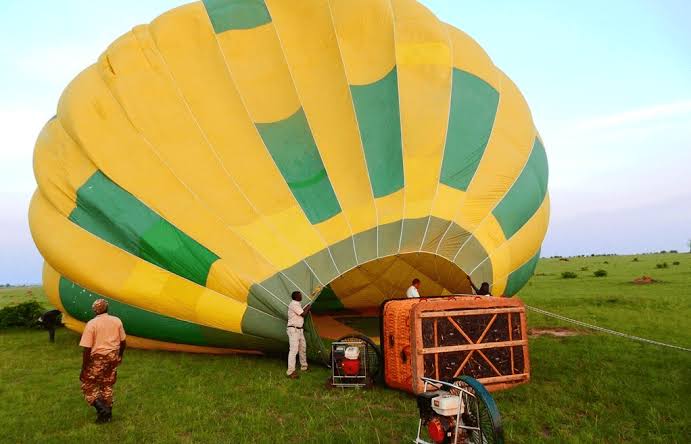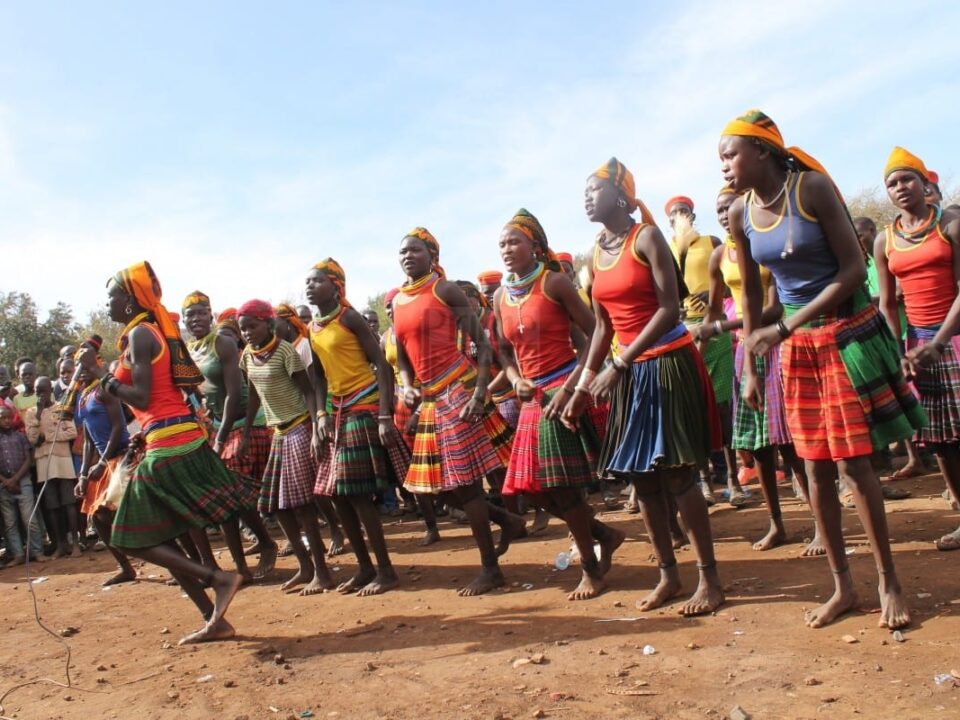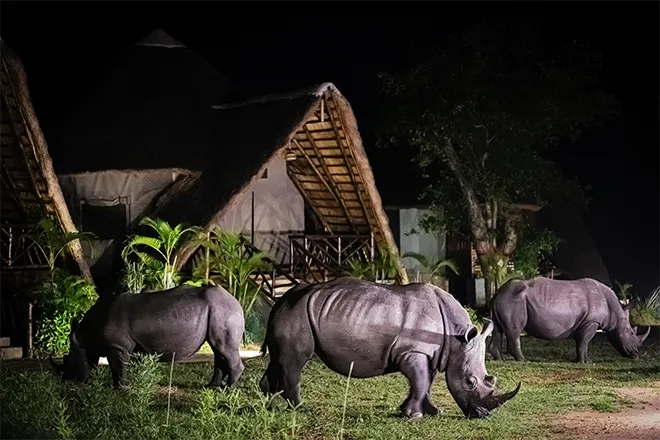- GET IN TOUCH WITH US:
- +256 753518160
- +256 777842166
- info@experiyatourcompany.com

How many days do I need for a Kenya–Uganda–Rwanda safari?
November 20, 2025
Can I use the same visa across Kenya, Uganda, and Rwanda?
November 20, 2025Is it cheaper to start a safari in Kenya or Uganda?

Is It Cheaper to Start a Safari in Kenya or Uganda?
When planning an East African safari, one of the most important decisions travelers must make is where to begin: Kenya or Uganda? Both countries offer world-class wildlife experiences, breathtaking landscapes, rich culture, and excellent safari infrastructure. Yet, they differ significantly in cost, style, and the types of experiences they specialize in. While Kenya is known for its dramatic savannahs and the iconic Big Five, Uganda is famous for its lush forests, mountain gorillas, and diverse ecosystems. But the big question remains: Is it cheaper to start a safari in Kenya or Uganda?
The short answer is: Uganda is generally cheaper for starting a safari, especially for travelers focused on affordability, primate trekking, and mid-range wildlife experiences. Kenya, on the other hand, tends to be more expensive overall—particularly in its premium parks—but offers broader safari choices, more flight connections, and a polished safari infrastructure. However, the “cheaper” option ultimately depends on your itinerary, preferred experiences, level of accommodation, and the specific parks you want to explore.
To help you make an informed decision, let’s explore the differences in cost between starting a safari in Kenya versus starting in Uganda, breaking the comparison down into flights, park fees, accommodation, transportation, and unique safari activities. By the end, you’ll understand which country offers better value depending on your travel style.
Why Travelers Compare Kenya and Uganda for Safari Costs
Kenya and Uganda share borders, landscapes, and wildlife, but they offer very different safari atmospheres. Kenya is considered a classic safari destination—big cats, sweeping savannahs, and world-renowned parks like Maasai Mara and Amboseli. Uganda, meanwhile, blends savannah and jungle, offering gorilla trekking, chimpanzee trekking, and smaller savannah parks like Queen Elizabeth and Murchison Falls.
Travelers compare costs because:
Both countries offer Big Five safaris
Both countries pair well with Rwanda or Tanzania
The East Africa Tourist Visa simplifies cross-border safaris
Flight routes connect the region easily
Both destinations provide high-value travel experiences
But from a financial standpoint, Uganda typically comes out as the more budget-friendly option.
International Flight Costs
Flying Into Kenya
Nairobi is one of Africa’s major international aviation hubs. This makes flights into Kenya:
Often cheaper
More frequent
More flexible with travel dates
Connected to Europe, North America, Asia, and the Middle East
Because of high competition among airlines, Nairobi usually has lower airfare options.
Flying Into Uganda
Flights into Entebbe tend to be slightly more expensive because:
Fewer airlines operate the route
Less competition compared to Nairobi
Longer connecting routes for many travelers
So, from an international flight perspective, Kenya often wins on affordability.
 Safari Park Entry Fees
Safari Park Entry Fees
Kenya’s Park Fees
Kenya has implemented a new park fee structure, with many top parks priced higher:
Maasai Mara National Reserve: $100–200 per day depending on season
Amboseli: $100 per day
Samburu: $100 per day
Tsavo East/West: $60–80 per day
Overall, Kenyan park fees are some of the highest in East Africa, especially in flagship destinations.
Uganda’s Park Fees
Uganda’s park fees tend to be more affordable:
Murchison Falls: $45 per day
Queen Elizabeth: $40 per day
Lake Mburo: $40 per day
Kibale Forest (chimps): Permit required but cheaper than gorillas
From a park entry standpoint, Uganda is significantly cheaper.
Gorilla Permits: A Key Deciding Factor
If your goal includes gorilla trekking, Uganda becomes much more affordable.
Uganda Gorilla Permit
$800 per person (as of 2024)
Rwanda Gorilla Permit
$1500 per person
Kenya Gorilla Trekking
Kenya does not have wild mountain gorillas, so travelers must connect to Uganda or Rwanda.
This means if you are considering gorilla trekking, starting in Uganda saves you money immediately.
Chimpanzee Trekking Costs
Uganda
Kibale Forest chimp trekking permit: $250
Budongo Forest: $120–150
Kenya
Chimpanzee encounters are available only in sanctuaries (not wild trekking), and entrance fees vary.
Uganda remains significantly more affordable for authentic primate trekking.
Safari Accommodation Costs
Kenya’s Accommodation Costs
Kenya has a wide range of lodges, but its premium properties—especially in Maasai Mara and private conservancies—are expensive.
Luxury properties: $600–2000+ per night
Mid-range: $250–450 per night
Budget: $100–200 per night
High demand during migration season raises prices further.
Uganda’s Accommodation Costs
Uganda has more budget- and mid-range-friendly options around most parks.
Luxury: $400–900 per night
Mid-range: $150–300 per night
Budget: $50–120 per night
Overall, accommodation is cheaper in Uganda across all categories.
Safari Transport Costs
Kenya
Most safaris require road transfers or internal flights:
Nairobi–Maasai Mara flights: $200–350 one way
Road transfers can take 5–6 hours
Large distances between parks increase fuel costs
Uganda
Uganda’s parks are more spread out, but for budget travelers:
Shared tours reduce costs
Road safaris are cheaper
Internal flights are optional
However, travel times in Uganda can be long and challenging due to terrain.
If you want to fly between parks, Kenya has better-priced and more frequent flight options.
Guided Safari Costs
Guided safaris are more expensive in Kenya due to:
High demand
Premium park fees
Luxury conservancy models
Advanced guiding standards
Uganda safaris, especially group or mid-range tours, are significantly cheaper.
Cost of Activities
Kenya Activities
Hot-air balloon safari (Maasai Mara): $450–550
Walking safaris: $150–250
Cultural visits: $20–40
Boat rides (Naivasha): $25–40
Uganda Activities
Gorilla trekking: $800
Chimp trekking: $120–250
Boat safaris: $30–45
Community visits: $10–20
Crater lake hikes: Often free or minimal cost
While gorilla trekking is expensive, Uganda’s other activities balance out the costs.
Food and Daily Expenses
Uganda tends to be cheaper for:
Meals
Drinks
Local transport
Shopping
Budget lodges
Kenya’s tourism economy is more commercial, especially around national parks, resulting in slightly higher everyday prices.
Which Country Offers Better Value?
Start in Kenya if:
You want iconic Big Five safaris
You prefer luxurious lodges and high-end experiences
You require easy international connections
You want shorter travel distances between parks
You are willing to spend more for world-class wildlife viewing
Start in Uganda if:
You want the most affordable safari
Your focus is gorilla and chimp trekking
You want lush, diverse landscapes
You prefer budget or mid-range travel
You want a slower, less commercialized safari atmosphere
For most budget-conscious travelers, Uganda is the cheaper starting point.
For wildlife lovers who want top-tier safari experiences, Kenya offers the best value, even though it’s more expensive.
Combining Both: Kenya + Uganda Safari
Many travelers choose to start their safari in Kenya for the classic Big Five experience and then continue to Uganda for gorilla trekking. This combination is:
Cost-effective
Logistically easy
Experience-rich
Perfect for adventure and wildlife lovers
Flights between Nairobi and Entebbe are frequent, making it simple to combine both destinations.
So, Is It Cheaper to Start a Safari in Kenya or Uganda?
In general:
Uganda is cheaper.
Kenya provides more premium safari experiences.
However, the “best” and cheapest starting point depends on:
Your travel goals
Your preferred parks
Your interest in gorillas
Your accommodation style
Your comfort with road travel
A well-planned itinerary can make either country an excellent choice.
Plan Your Kenya or Uganda Safari With Experiya Tour Company
To make the best financial and experiential decision, work with experts who understand both destinations deeply. Experiya Tour Company helps travelers design Kenya, Uganda, or combined East Africa safaris based on budget, interests, and desired comfort levels. They coordinate gorilla permits, domestic flights, cross-border logistics, accommodation, and guided experiences—ensuring your safari is smooth, memorable, and personalized. For the most cost-effective and perfectly crafted safari adventure, book your journey with Experiya Tour Company.



